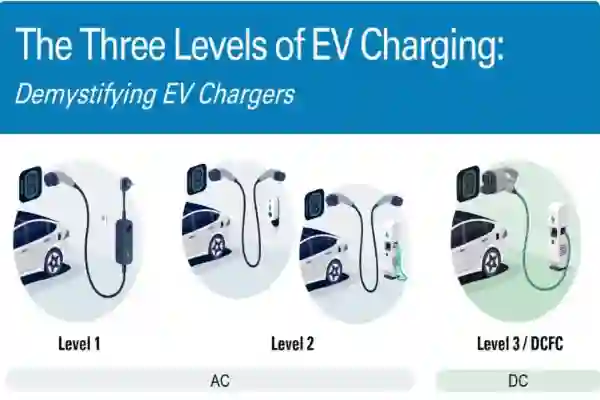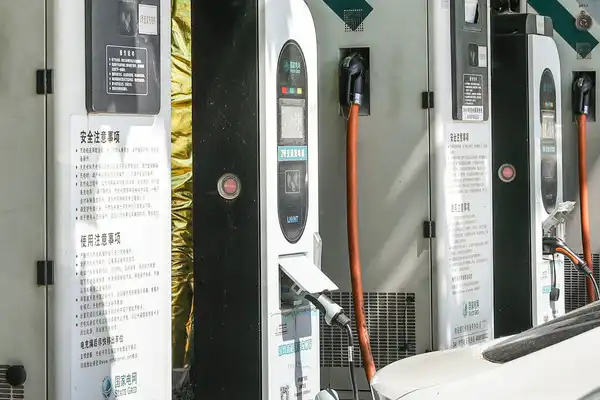AC vs DC EV Charger: Understanding the Key Differences
Introduction to EV Chargers
Electric vehicles (EVs) are becoming increasingly popular, and with this rise, the need for efficient charging solutions is more critical than ever. Understanding the differences between AC (Alternating Current) and DC (Direct Current) EV chargers can help you make an informed decision about which type of charger is best for your needs.

What is an AC EV Charger?
AC EV chargers are the most common type of charger found in residential settings. They use alternating current from the grid, which is then converted to direct current by the vehicle's onboard charger to charge the battery. These chargers are typically slower than DC chargers but are sufficient for overnight charging at home.
What is a DC EV Charger?
DC EV chargers, on the other hand, supply direct current directly to the vehicle's battery, bypassing the onboard charger. This allows for much faster charging times, making DC chargers ideal for public charging stations and long-distance travel where quick charging is necessary.
Key Differences Between AC and DC Chargers
The primary difference between AC and DC chargers lies in the speed of charging and the infrastructure required. DC chargers can charge an EV battery to 80% in as little as 20 to 30 minutes, whereas AC chargers might take several hours to achieve the same level of charge.
Choosing the Right Charger for Your EV
When deciding between an AC and DC charger, consider your daily driving habits, the availability of charging infrastructure in your area, and the type of EV you own. For most daily commuters, an AC charger at home will suffice. However, for those who frequently travel long distances, access to DC fast chargers is essential.
Conclusion
Both AC and DC EV chargers have their place in the ecosystem of electric vehicles. By understanding the key differences and assessing your personal needs, you can choose the most appropriate charging solution to keep your EV powered and ready to go.

